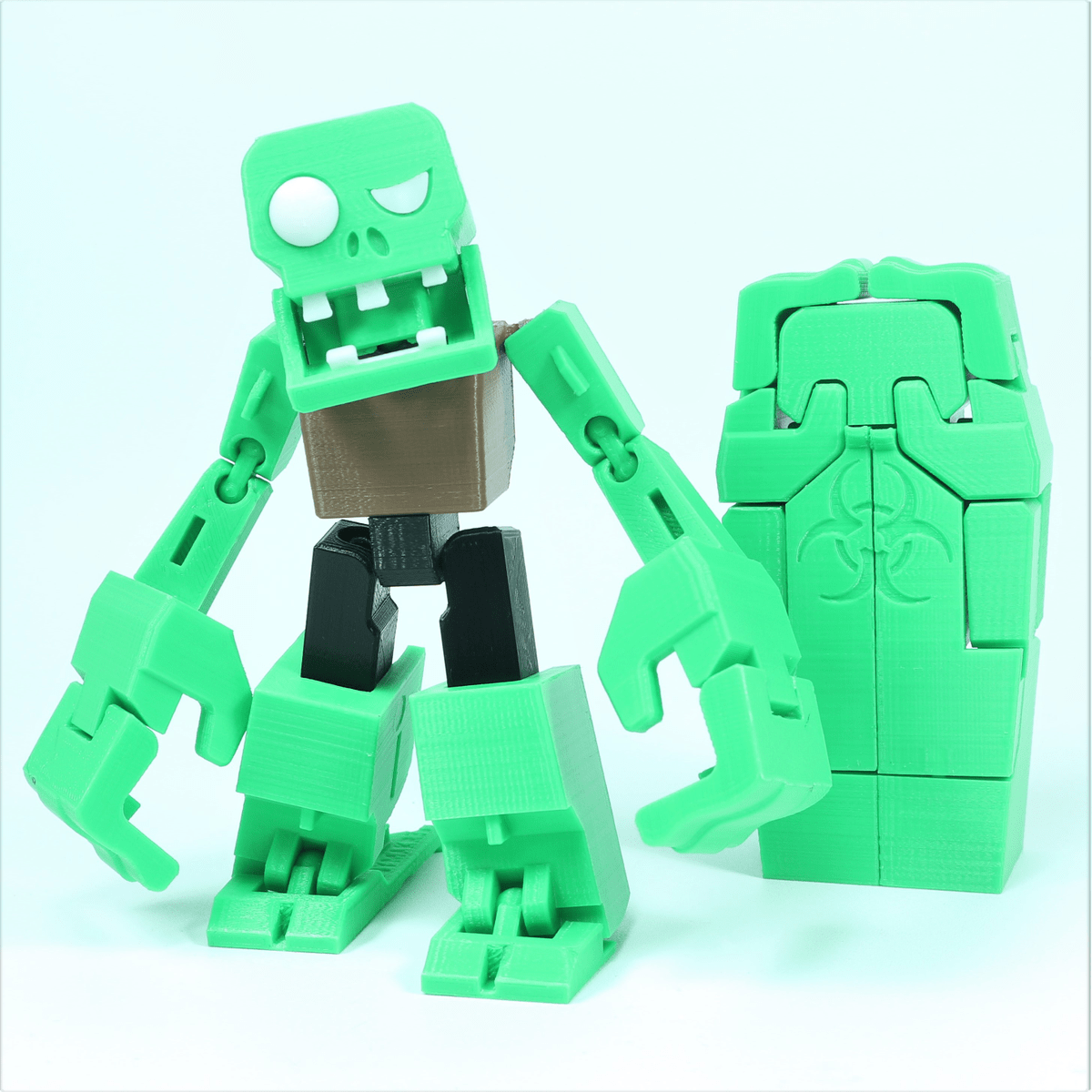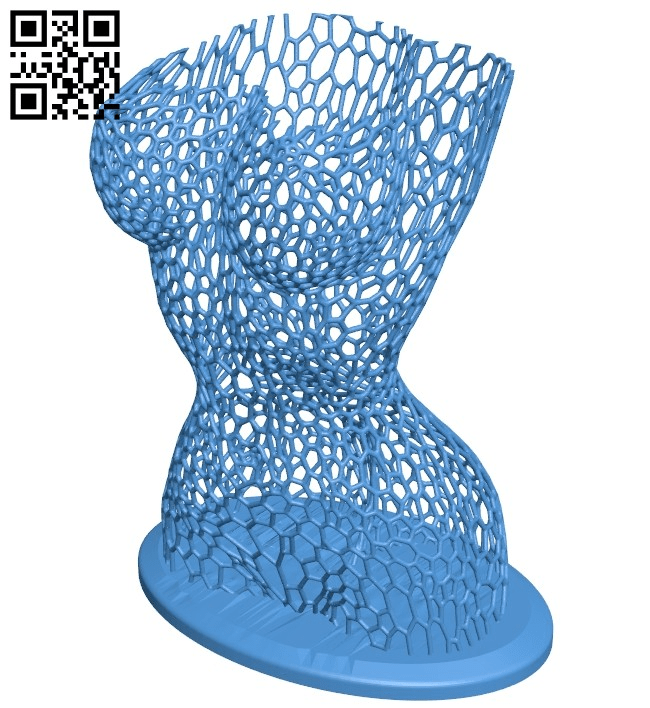Increasing the resolution above a certain point is also not recommended, as it brings no additional benefit: very fine details cannot be 3D printed, so the size of the file will be unnecessarily increased, making it more difficult to handle and process. Most of the times this is undesirable, but it can be exploited to create “low-poly” models with a digital look.
If you export in too low of a resolution, the model will have visible triangles on its surface when it is printed. A sphere rendered in three different resolutions in MeshMixer When you increase the resolution, more triangles will be used, approximating the surfaces of the 3D model better, but also increasing the size of the STL file. The STL file format uses a series of linked triangles to recreate the surface geometry of a solid model. This article will teach you the basic steps you need to follow to correctly export your models for 3D printing. The 3D model is then converted into machine language (G-code) through a process called “slicing” and is ready to print. All modern CAD (Computer-Aided Design) software allows you to export their native file format into STL. It uses a series of triangles to represent the surfaces of a solid model. The STL (Standard Triangle Language) is the industry standard file type for 3D Printing.


